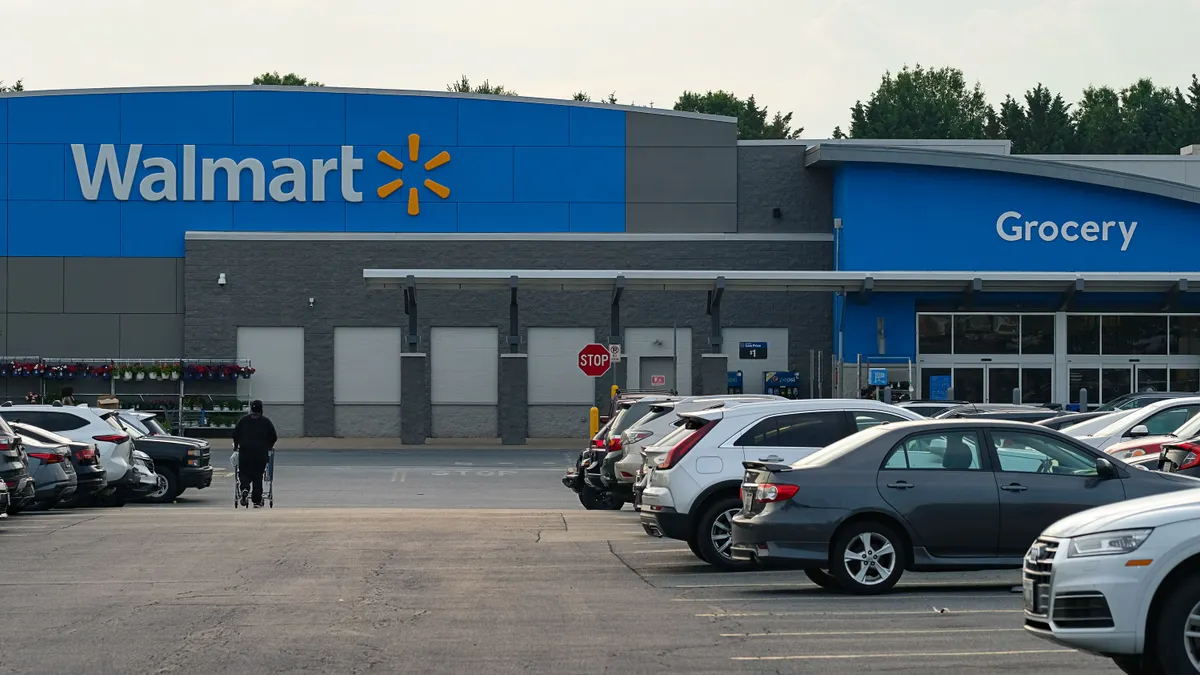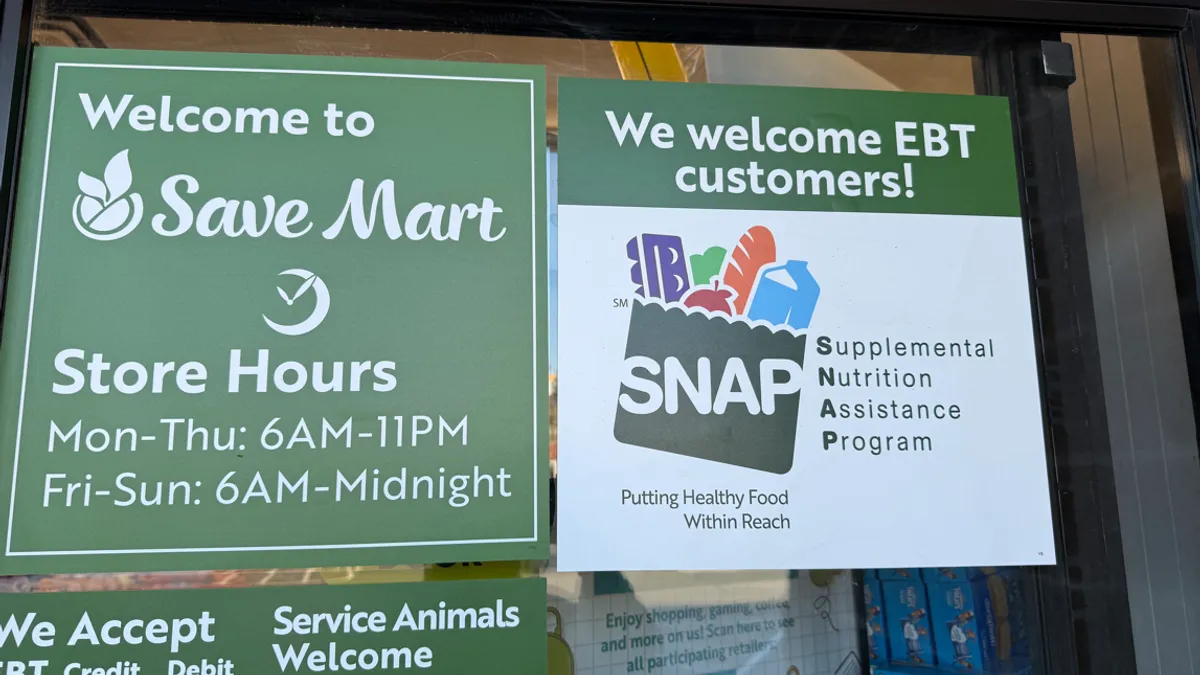Dive Brief:
-
Consumers are shifting away from the packaged food staples of yesteryear in favor of fresher or cleaner-label options, The Wall Street Journal reported. Last year, unit volume of CPG products sold in center store fell by 1.7%, according to statistics from Nielsen cited by the Journal.
-
According to analysts at Credit Suisse, comparable sales for 10 large, publicly traded food companies have been flat or declined in three of the last four years.
-
CPG companies are facing increased competition from emerging brands through advertising and e-commerce delivery options that reach niche markets. They also are feeling squeezed through in-store meal kits and private label brands.
Dive Insight:
Without clear direction on what consumers are searching for, Big Food seems to be playing a game of blind man’s bluff. Smaller startup companies with explosive growth are easily reaching niche customers through social media. In-store meal kits and prepared foods are also filling the needs of some shoppers who are looking for unprocessed but easy-to-prepare meals.
A.T. Kearney’s 2016 study, "Is Big Food In Trouble," throws the stalled growth of legacy brands is thrown into sharp relief. Large CPG brands’ revenue grew at 1.8% compared to smaller companies, which saw revenue upticks ranging from 11% to 15%.
This decline is the culmination of years of changing consumer preferences, which clearly indicate shoppers are rejecting processed foods in favor of fresh, free-from and clean label options. Adding to the general wellness trend are explosive reports like this one, linking "ultra-processed" foods such as mass-produced bread, cakes and processed meats with an increased risk of cancer. This report and others go viral on social media and in consumer media, stoking the fears of health-conscious shoppers.
As CPGs are noticing the traction smaller and more health-conscious brands are getting, they are beginning to turn to more experimentation in their R&D departments, as well as leaning on each other through mega mergers and acquisitions.
In R&D, breakthroughs are coming that can bring old standard products back on trend. In 2016, Nestlé announced it was working on a "hollow sugar" molecule, enabling them to make candy that tastes as sweet with 40% less sugar. Their first candy bar with the innovation launched in the UK and Ireland in March.
Many recent big deals in the food and beverage space have also gone forward to help Big Food get back on trend. Last month, snack giant Mondelez bought cookie maker Tate's Bake Shop for $500 million, with the aim of getting into the fast-growing premium and authentic baked goods space. Cereal maker Kellogg spent $600 million to acquire RXBAR last year. The popular protein bars are not only big players in that space, but their wrappers featuring clear ingredient lists pretty well define the clean label trend.
In the hunt for the next best thing, large, legacy brands may want to get involved with upstarts in a way that leaves room for innovation and intrinsic growth. Almost every major CPG now have VC or incubator arms that are perpetually seeking the next profitable investment. Kraft Heinz, General Mills and Hain Celestial all work to mentor and support upstart brands — and learn from what they are doing. And while major brands have not necessarily acquired the companies they work with, they have learned a great deal about how to function as fearless startups.
There are also partnerships between major brands to develop new products to benefit both. Last year, AB InBev and Keurig announced plans to develop a beer K-cup. Kraft Heinz, Campbell Soup and Barilla dipped their toes into more experimental markets earlier this year, announcing a partnership with Ahold Delhaize's Peapod for its new meal kit recipes. These sound like good ideas, but it remains to be seen whether they will produce long-term profitability.
Flying in the face of all this is the question of choice. With so many trendy options forever vying for limited grocery shelf space, coupled with relentless information being shared about different food products, shoppers may experience decision fatigue. At the very least, ever-expanding choices and conflicting messages create a wall of noise that large brands may struggle to break through.
Similarly supermarkets, which have limited shelf space, may favor their private label brands. Consumers tend to like them too, mainly for lower price points and quality often at least comparable to national brands. According to the Private Label Manufacturers Association, private label brands now make up 17% of all grocery sales. A recent survey from retail services company Daymon found four out of five shoppers buy private brands on almost every shopping trip, and 85% trust private brands as much as national ones.
The market is continuing to churn out a dizzying variety of options. For meaningful changes in CPG sales, manufacturers have to meet the customer halfway, reformulating existing products and investing in wholesome, convenient options that focus more on freshness and nutrition, and less on shelf life.






